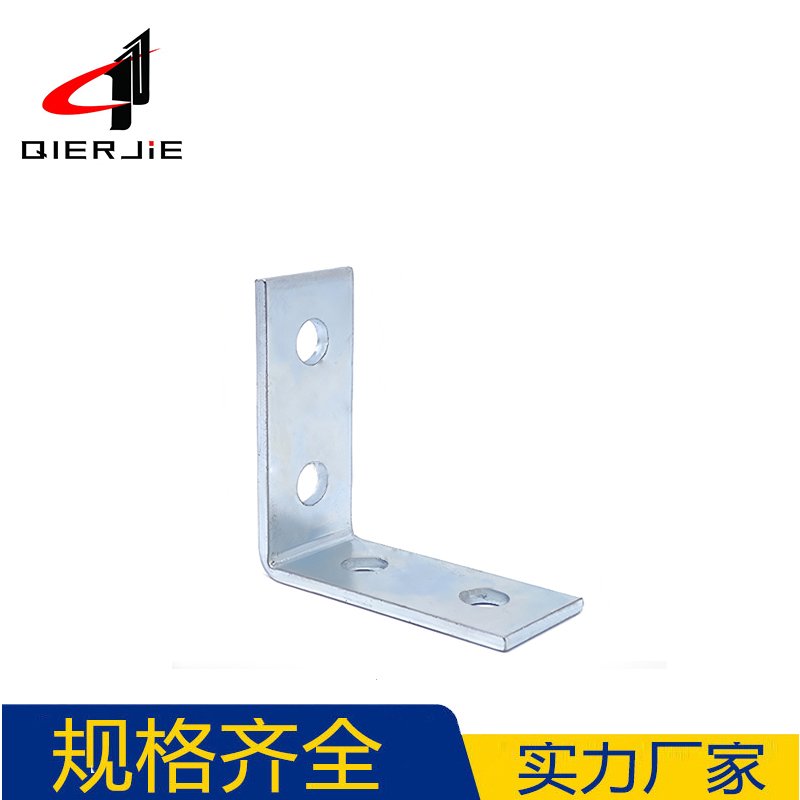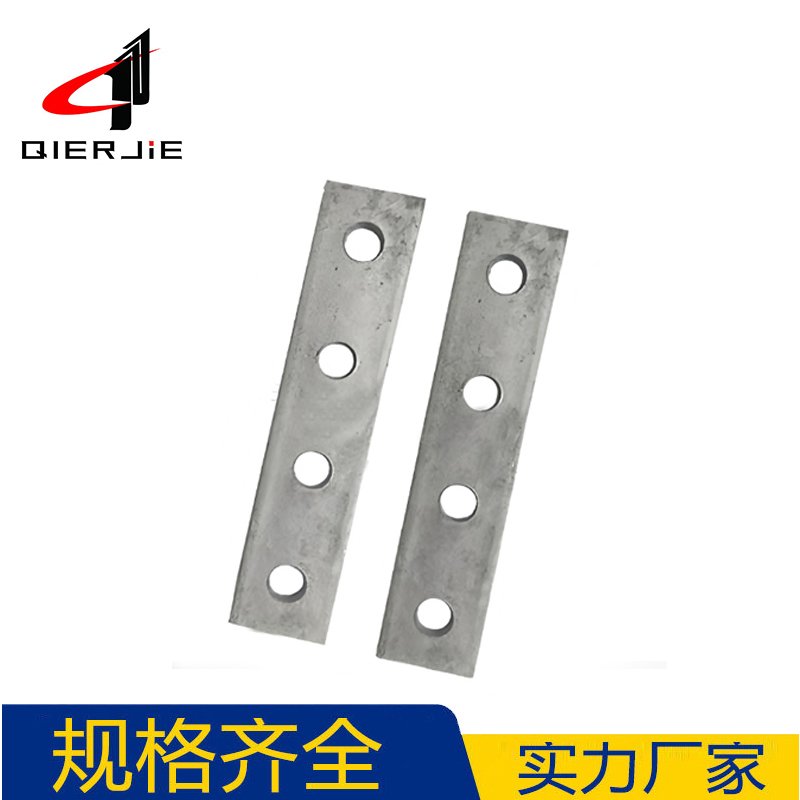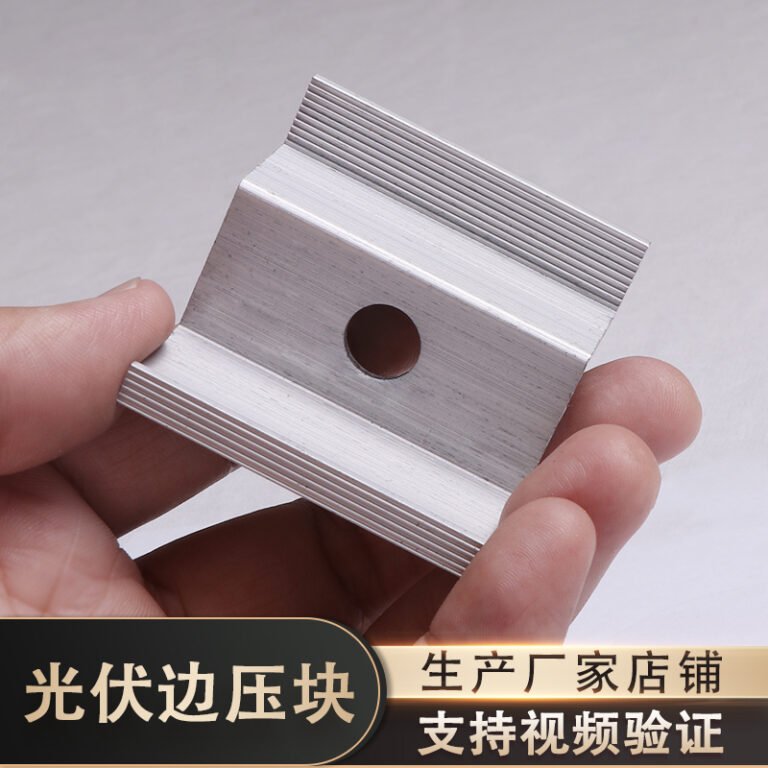Product Overview and Application Scenarios of Four-Hole Connectors for Seismic Support Brackets
Four-hole connectors for seismic support brackets serve as critical components within seismic support systems, primarily utilised for corner connections or fixing between C-shaped steel members. Commonly referred to as four-hole corner guards, four-hole angle braces, or corner connectors, they find extensive application across mechanical engineering, utility tunnel projects, fire protection systems, and photovoltaic mounting structures. Their core function lies in enhancing structural stability through multi-hole design, thereby improving seismic resistance and ensuring secure fixation of pipelines, cables, and other equipment within vibratory environments.
Core Parameters and Technical Characteristics of Four-Hole Connectors
Material and Surface Treatment: Mainstream products utilise carbon steel Q235 for high strength. Surface treatment primarily involves electrogalvanisation, with some variants offering hot-dip galvanisation to enhance corrosion resistance.
Specifications and Standards: Compliant with national standards (e.g., GB9074.1-17), featuring a four-hole threaded design. Typically designated as ‘corner connectors’ or ‘four-hole corner guards,’ they support custom machining with dimensions adjustable to project requirements.
Key Functionality: The four-hole structure enables multi-angle fixation, suitable for scenarios such as C-channel corner connections and right-angle double-sided joints. It serves as a crucial component for achieving modular assembly within seismic support systems.
Translated with DeepL.com (free version)





